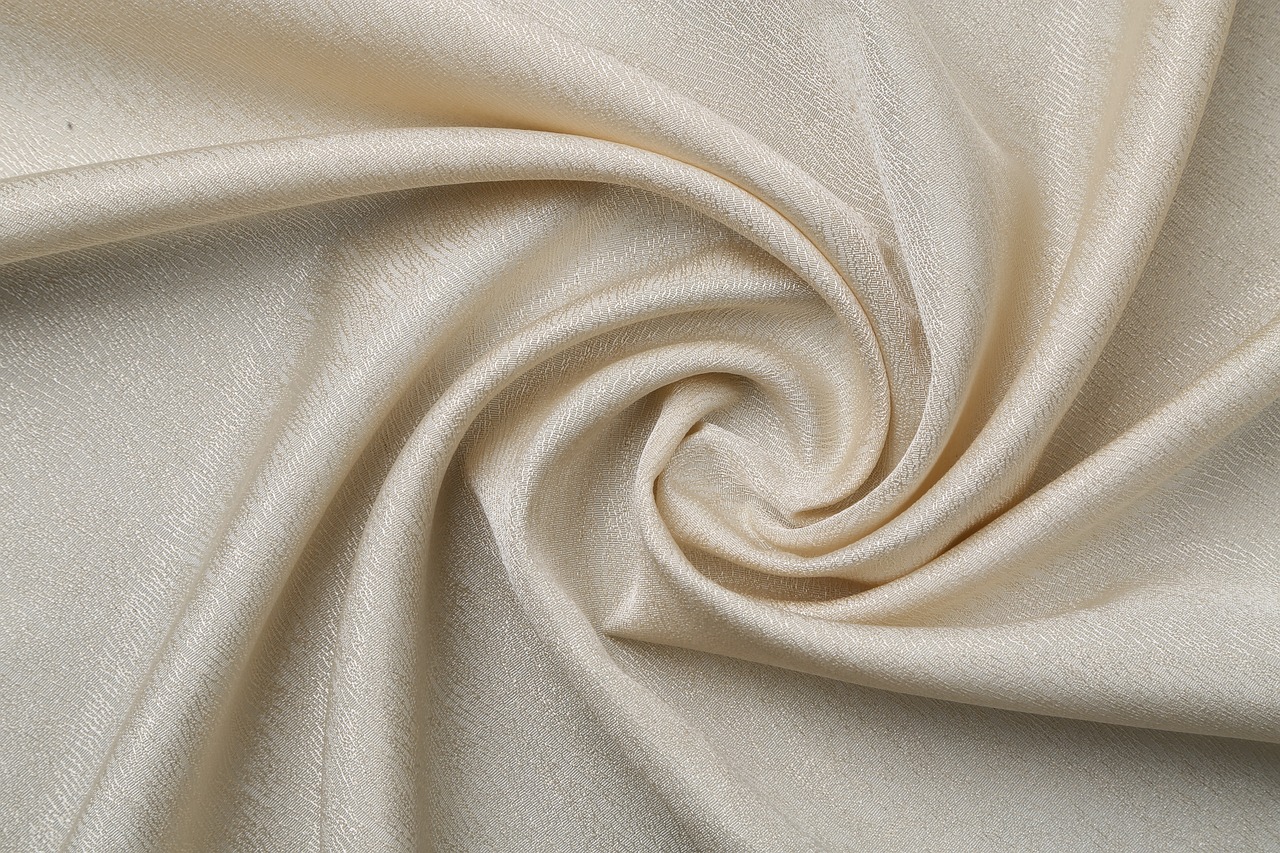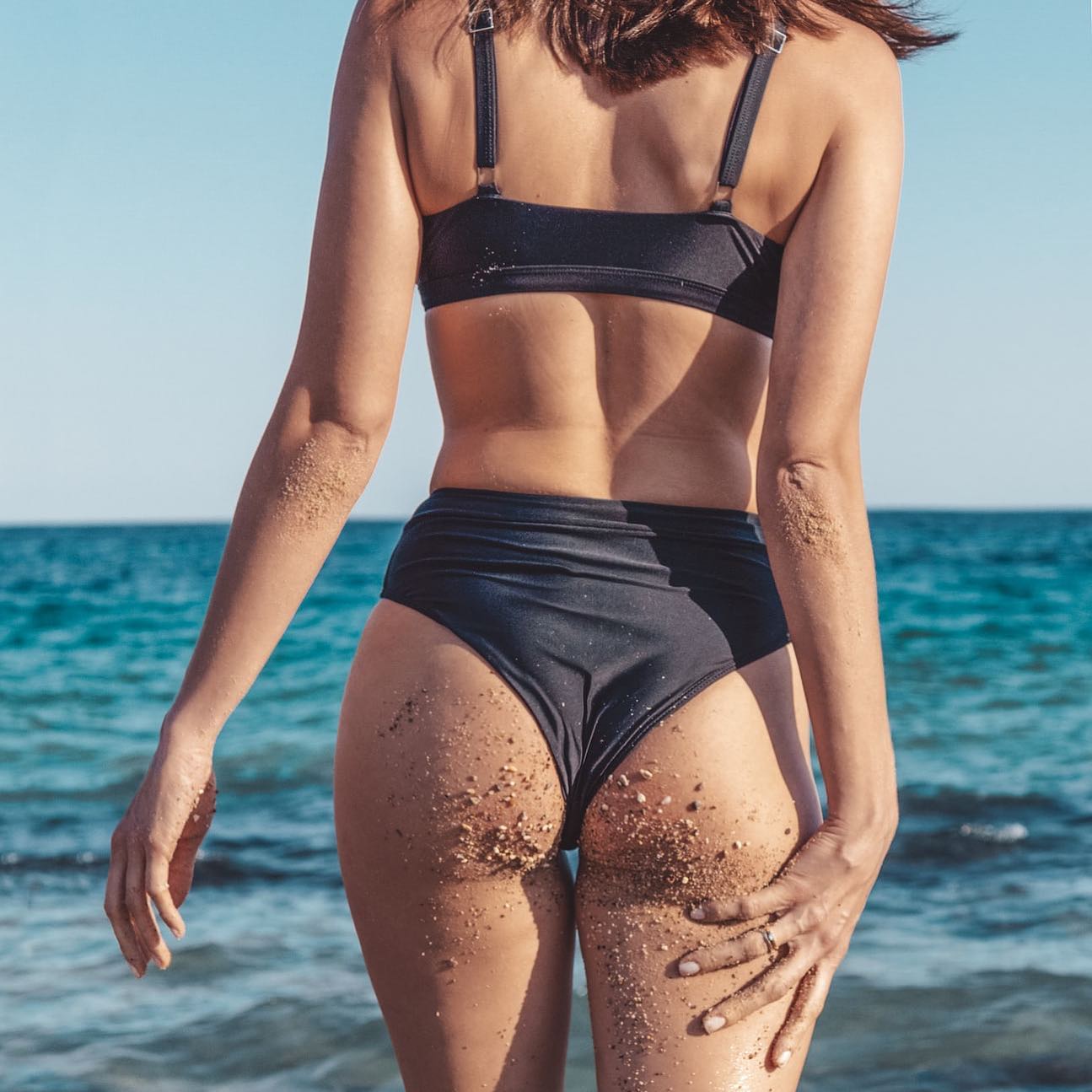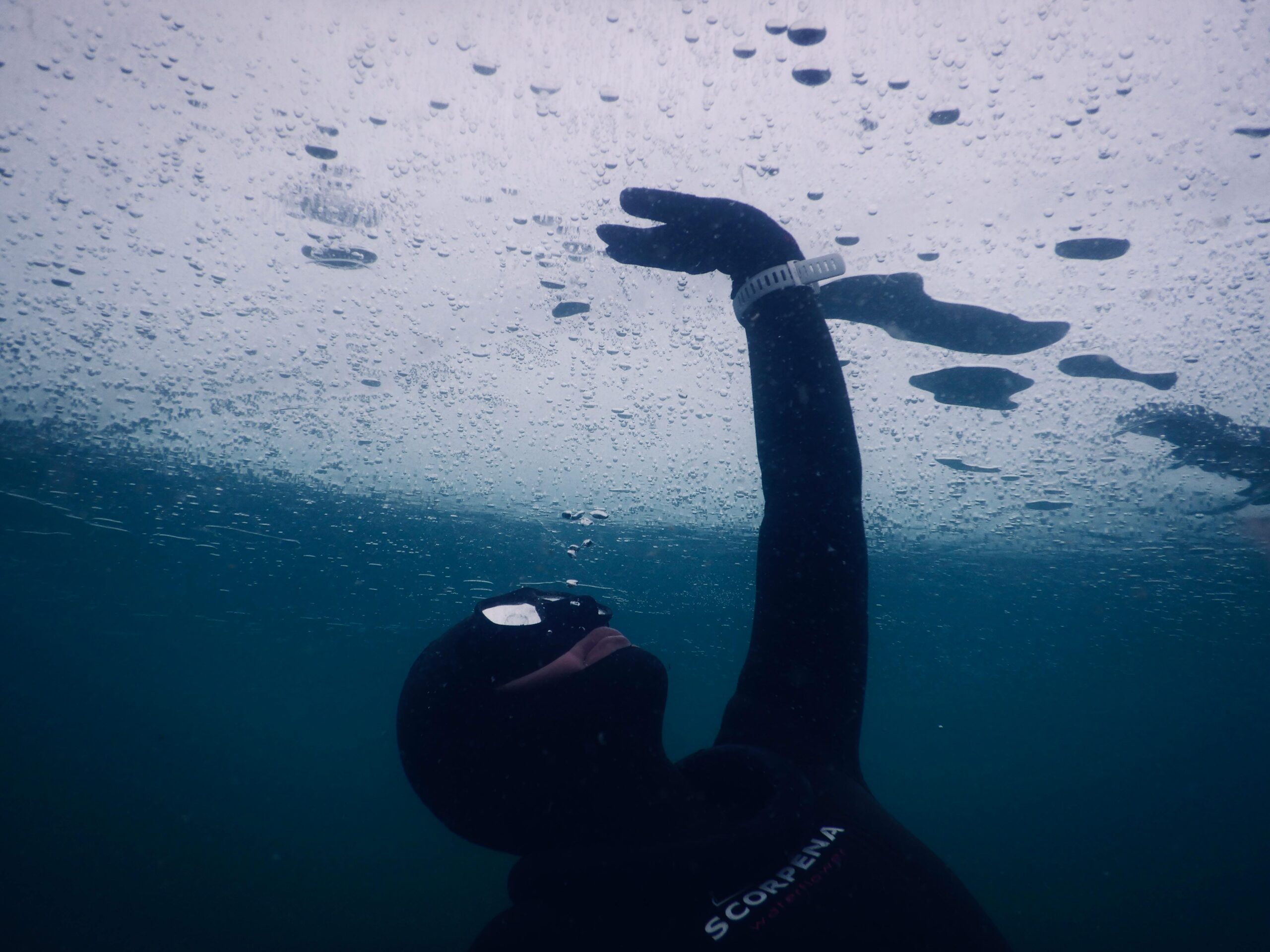
Why do different sportswear require different fabrics?
Because different sports face different environments, ocean sports are often accompanied by problems such as salt erosion, loss of body temperature, and loss of body water. Therefore, when choosing clothing fabrics for these sports, these issues must be fully considered.


High quality beach swimsuit fabric
High-quality beach swimwear is generally made of polyester + spandex fabrics, which can resist the oil and sunscreen common on the beach, and can well protect the skin from grit and gravel. These fabrics are known for their durability and versatility, balancing elasticity and structural integrity, which is essential for swimwear. They can maintain bright colors and resist fading from sunlight and chemicals, which is essential to maintaining the beauty of swimwear. In addition, these high-performance fabrics also have quick-drying properties, which significantly improves the wearer’s comfort after swimming. Wearing a wet swimsuit for a long time can make people feel uncomfortable; therefore, materials that can speed up drying time and maintain breathability are highly favored.
Fabrics for wetsuits and surfing suits
When choosing fabrics for diving suits and surfing suits, safety and protection are more important considerations. Because the environment on the seabed is complex and changeable, and the temperature is usually very low, high-quality neoprene fabrics can provide good protection, prevent being stabbed or pierced, and maintain body temperature for a long time, allowing the wearer to maintain physical strength and calmly deal with various emergencies. In addition, these fabrics have extremely strong color fastness, wear resistance, and tensile resistance. They can maintain their original state in the face of seawater corrosion and scouring, and ultraviolet exposure.

Recycled materials and environmental protection
Marine Environmental Protection
- Over 8 million tons of trash ends up in our oceans every year. Around 640,000 tons of fishing nets are abandoned in our oceans. The presence of so many nets in our waters is detrimental to marine life. By using recycled yarns from the ocean in swimwear, we can help reduce the amount of trash in our oceans.
Advantages of recycled materials
- Swimwear made from recycled synthetic materials such as polyester, nylon or spandex are called synthetic swimwear. These materials have a long lifespan as they are both resistant to pilling and abrasion. They are extremely durable, stretchable, fade-resistant and chlorine-resistant, making them ideal for water activities and retaining their shape even after prolonged use. Meeting the requirements of sustainability
Natural fabrics
- In the world of glittering pool fashion, polyester and other synthetic fibers have long dominated, lauded for their durability and resilience. However, as we move deeper into the age of sustainability and environmental awareness, natural fibers like hemp and cotton are making a splash, not only are they a more eco-friendly option, but they also come with a host of benefits for both the wearer and the planet.
How to identify these fabrics and use them correctly
To select high-quality swimwear from a wide range of options requires a keen eye for detail and an understanding of what constitutes superior craftsmanship and materials.
When choosing such products, first check the fabric composition; high-quality swimwear often uses materials such as Lycra, nylon, or high-quality polyester fibers, which are known for their elasticity, toughness, and ability to retain color and shape. Clothing for diving and surfing sports requires a comprehensive consideration of the fabric and the environment in which it is located, generally considering aspects such as thickness and water temperature.













